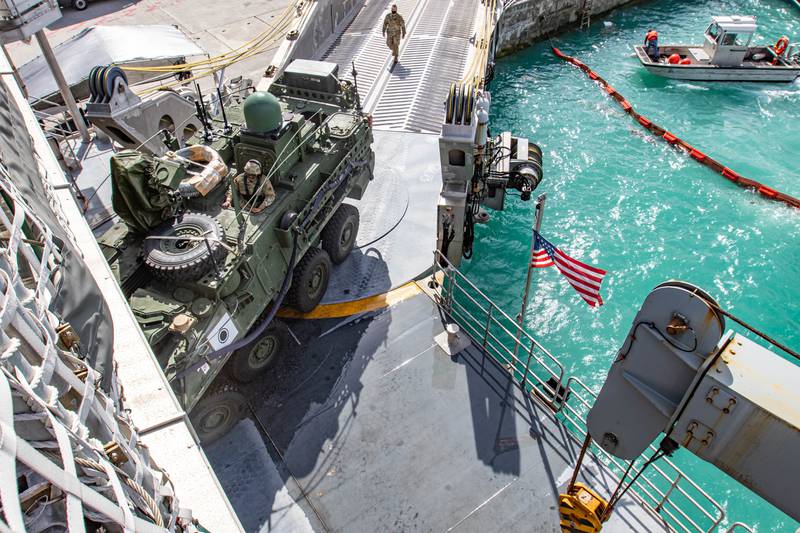WASHINGTON — The U.S. Army is assessing its future distribution of radios and related gear that provide vital links to far-flung soldiers in both the Indo-Pacific and Europe.
The juggle, teased months ago by then-Army Chief Information Raj Iyer, considers multiple factors including price, looming security deadlines and the upgrades needed in preparation for conflicts of the future, potentially against technologically savvy enemies including China and Russia.
Col. Shermoan Daiyaan, the project manager for tactical radios at the Army’s Program Executive Office for Command, Control and Communications-Tactical, or PEO C3T, on April 26 said the service is examining network needs “in order to enable a division commander to fight in large-scale combat operations,†among other factors.
“Do we need to a have a radio in every vehicle? I don’t know. Do we need to have one radio per team? Or is it one radio per squad?†Daiyaan said at the 22nd annual C4ISRNET Conference. “We are looking at that, and looking at those things hard.â€
RELATED

The Army is shifting away from a reliance on brigades and smaller units — mainstays for the U.S. war on terror — and toward the division, a formation of some 15,000 soldiers and firepower capable of sustained fighting and upkeep. Modernization of the network is also one of six top priorities for the Army; others include improved air-and-missile defense and long-range precision fires.
PEO C3T is targeting the division with its so-called Capability Set 25, batches of upgraded gear, known as the integrated tactical network, meant to make communications more intuitive, insulated and tailorable to the theater. Trials of kit are happening in both the Indo-Pacific and Europe.
The Army late last year, following a conference with industry in Nashville, Tennessee, issued a request for information for low-cost, easy-to-use radios, Daiyaan said. Such an approach could help reduce long-term burdens.
“That is a way to try to lower the cost of the radio portfolio, in that, can you get a radio that’s really cheap or really affordable to where you can also have just as many radios, but they do just a little bit less,†Daiyaan said.
Colin Demarest was a reporter at C4ISRNET, where he covered military networks, cyber and IT. Colin had previously covered the Department of Energy and its National Nuclear Security Administration — namely Cold War cleanup and nuclear weapons development — for a daily newspaper in South Carolina. Colin is also an award-winning photographer.







